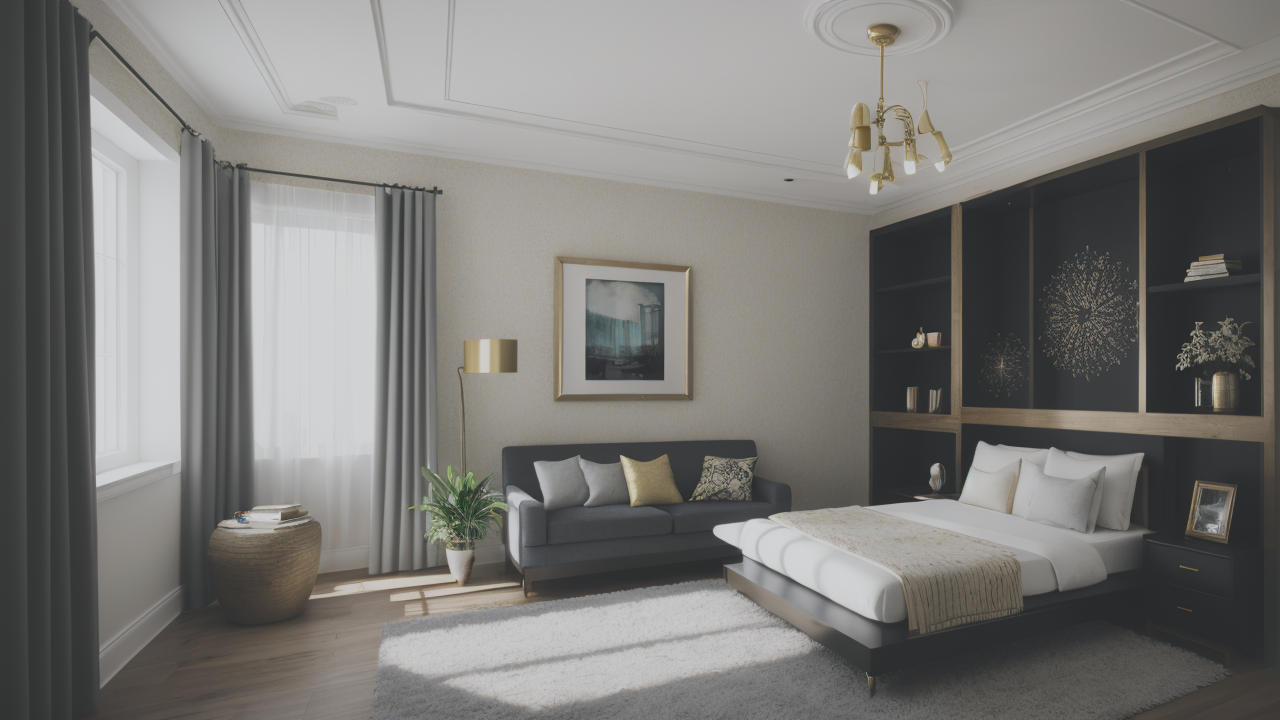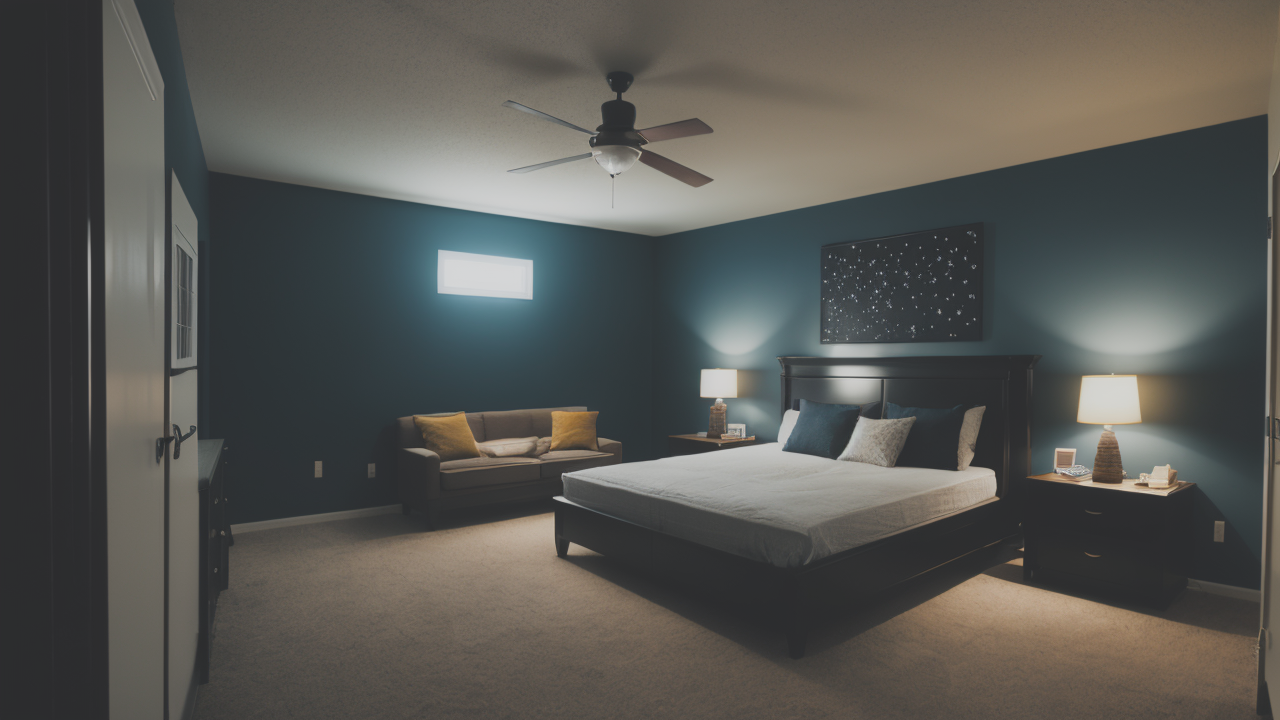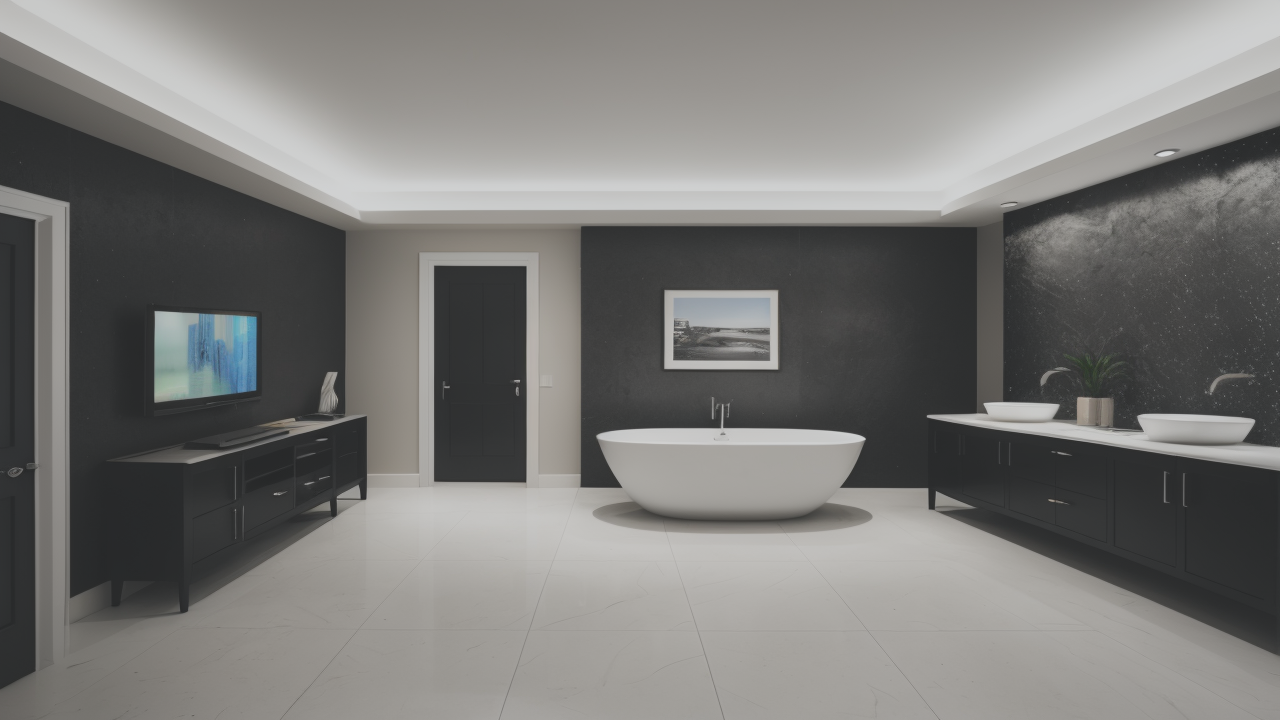
Mastering Plaster Techniques: A Guide to Creating Stunning Wall Art
The Resurgence of Nawabi Art in Modern Home Decor
The Evolution of Nawabi Decorative Techniques
Nawabi art has a rich history in Indian design. It began in royal courts and has changed over time. Today, it's finding new life in modern homes. Nawabi style is known for its detailed patterns and bold colors. In the past, artists used expensive materials like gold and gems. Now, designers use simpler materials to create similar looks. They focus on the spirit of Nawabi style, not just the luxury. This makes Nawabi-inspired decor more accessible. New techniques allow for easier creation of complex designs. Digital tools help make intricate patterns quickly. This evolution keeps Nawabi art relevant in today's design world.

The Impact of Nawabi Art on Contemporary Aesthetics
Nawabi art has greatly influenced modern design. Its rich colors and patterns add depth to today's spaces. Designers now mix Nawabi elements with simple styles. This creates a unique blend of old and new. Nawabi-inspired wallpapers and fabrics are popular in modern homes. They add elegance to simple rooms. Furniture with Nawabi motifs brings character to plain spaces. The art's influence is seen in color choices too. Deep blues, rich reds, and gold accents are common in modern decor. These colors reflect the luxury of Nawabi style. By using these elements, designers create spaces that feel both timeless and current.
The Role of Plaster Art in Reviving Nawabi Style
Plaster art plays a key role in bringing Nawabi style to modern homes. It's a flexible medium that can mimic traditional Nawabi textures. Artists use plaster to create detailed wall designs and moldings. These copy the look of carved stone or wood found in Nawabi palaces. Plaster allows for intricate work at a lower cost than traditional materials. It can be shaped and painted to look like expensive finishes. This makes Nawabi-inspired decor more affordable. Plaster art also allows for customization. Homeowners can choose designs that fit their personal style. The use of plaster helps keep Nawabi artistic traditions alive in a modern context.
Advantages of Using Plaster Art Textures in Home Decor
The Cost-Effectiveness of DIY Plaster Art
DIY plaster art is a cheap way to add style to your home. The materials are easy to find and not expensive. You can buy plaster, tools, and paints at most craft stores. Making your own art saves money compared to buying finished pieces. With practice, you can create beautiful designs. Online videos make learning plaster techniques easy. You can start with simple projects and work up to harder ones. DIY plaster art lets you customize your decor. You can match colors and patterns to your existing style. This personal touch makes your home unique without spending a lot. Plus, creating art yourself can be a fun hobby.

Versatility of Plaster Art in Various Decorative Themes
Plaster art works well with many decorating styles. It can be smooth and modern or rough and rustic. In simple homes, plain plaster designs add subtle interest to walls. For colorful spaces, bright plaster sculptures create focal points. Plaster fits in traditional settings too. It can copy classic architectural details. The material takes paint easily, so you can match any color scheme. You can shape plaster into any form, from geometric to natural. This flexibility means it can adapt to changing trends. Plaster art can be updated with new colors or textures as your style changes. It's a timeless medium that always stays in fashion.
Health and Environmental Benefits of Plaster Art Decor
Plaster art is not just pretty; it's also good for you and the earth. Unlike some man-made materials, plaster is natural and safe. It doesn't release harmful chemicals into your home. Plaster can help control indoor moisture. This improves air quality and stops mold growth. The material doesn't burn easily, adding safety to your decor. From a green standpoint, plaster is a great choice. It's made from common natural materials. Making plaster uses less energy than many synthetic options. Plaster can also be recycled, reducing waste. Choosing plaster art supports a healthier home. It's a responsible choice for those who care about the environment.
Case Studies: Successful Plaster Art Decor Projects in the United States
Analyzing High-End Commercial Projects Featuring Plaster Art
Luxury businesses across the US are using plaster art. A fancy hotel in New York used textured plaster walls in its lobby. This created a warm, welcoming feel for guests. In Los Angeles, a trendy restaurant had plaster designs that looked like ocean waves. This added a unique, beachy vibe to the dining area. A Chicago shop used plaster panels to divide its space nicely. The panels gave privacy while keeping an open feel. In Miami, an art gallery used plaster art as part of its display design. This complemented the artwork and made viewing more enjoyable. These projects show how versatile plaster can be in business settings.

Residential Triumphs: Transforming Spaces with Plaster Art Textures
Homeowners are finding that plaster art can change their spaces dramatically. In a Seattle loft, rough plaster walls added warmth to an industrial space. The texture looked great next to sleek, modern furniture. A Florida beach house used smooth plaster to create a calm, spa-like bathroom. The result was both luxurious and relaxing. In a New Mexico adobe home, colored plaster brought old techniques into a new setting. This honored the home's history while updating its look. A Boston brownstone added plaster moldings to bring back old-time details. This restored the home's charm with modern craftsmanship. These examples show how plaster can improve many types of homes.
The Future of Plaster Art Decor in Interior Design Trends
The future looks good for plaster art in interior design. Trends show more texture and handmade items in homes. Plaster fits well with this movement. We might see more 3D plaster wall art and sculptures. Computer design tools could allow for more complex plaster work. There's a chance to mix plaster with other materials like wood or metal. This could create exciting new textures and effects. As people want unique, personal spaces, plaster art will grow. Its flexibility allows for endless creativity. Green design is also becoming more important. Plaster's eco-friendly nature fits well with this trend. We can expect to see plaster art continue to inspire in the coming years.


